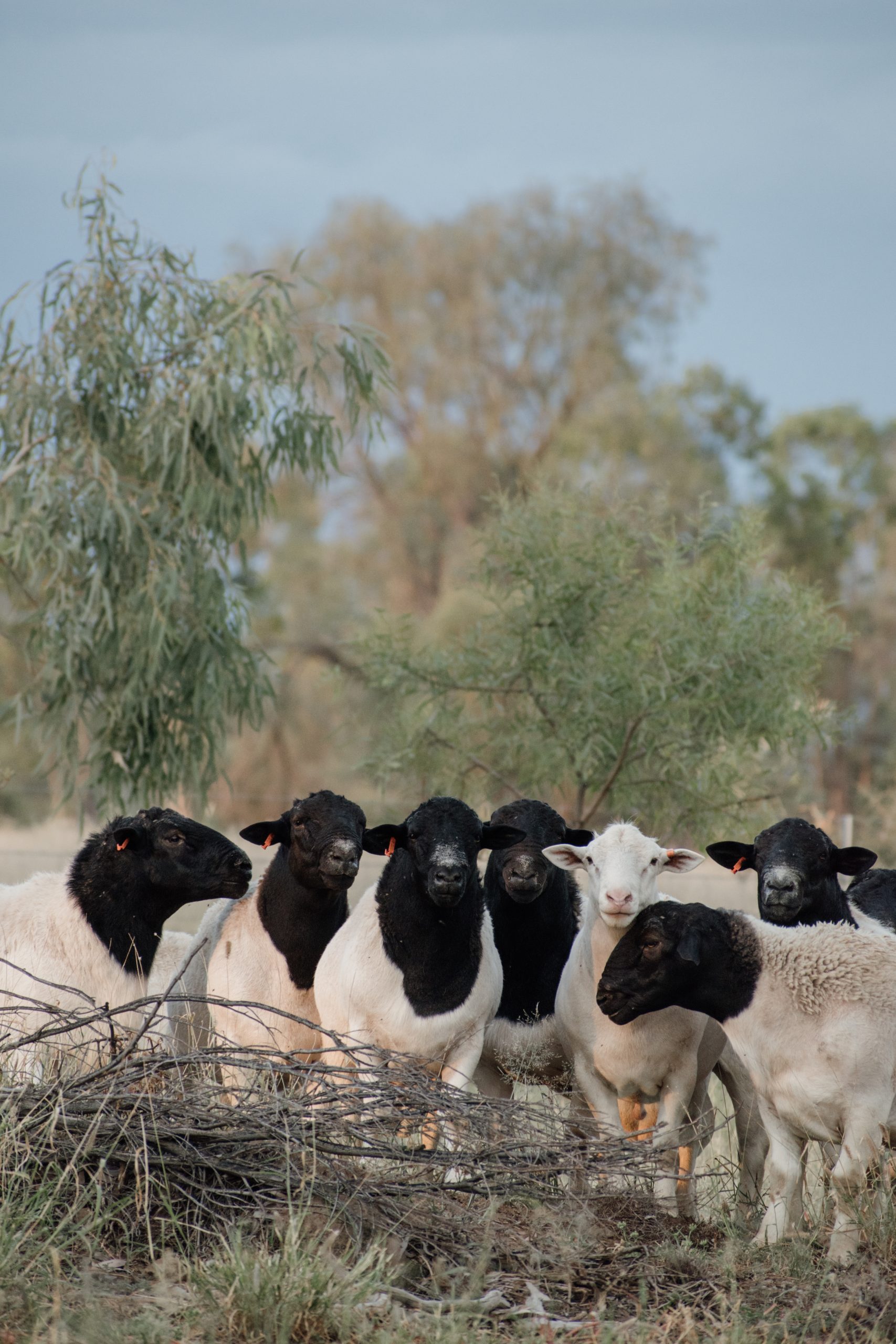
DSSA fears the welfare of the flock as well as the future supply of lamb is being put at risk by unregistered breeders selling rams from flocks that are not accredited ovine brucellosis (OB) free or in most cases never been tested.
The devastating disease (OB) that causes abortions, infertility, and weak lambs has the potential to spread throughout the country and the DSSA fear some ram breeders are misleading ram buyers about their disease-free status.
“While accreditation can be a costly and a time consuming job for studs, it is a critical part of being a seed stock producer,” a DSSA representative said.
The bacterial infection, which does not affect humans, is found in the semen of rams and can lead to infertility for both rams and ewes, abortions in pregnant ewes, and lambs that struggle to survive.
Testing is done by a veterinarian with a blood sample taken and sent to laboratories with results generally taking 1 – 2 weeks. False positives can be recorded with most lab’s re testing all positive results to help improve the chance of this not occurring.
Most Australian studs take part in the voluntary Ovine Brucellosis Accreditation Scheme, which regularly tests flocks to maintain accreditation.
With a growing number of rams being offered by social media platforms it is very important that graziers who are desperate for genetic diversity keep a close eye that they are not supporting ram sellers that have not been accredited or at the very least tested their rams before sale.
If a ram that’s infected serves a ewe and a clean ram serves the same ewe, the disease can be transmitted. The problem we have in the Dorper industry is that allot of flocks are mating year round or at least multiple times, this makes management of the disease much harder and can extend the time frame before disease is detected by a notable reduction in lambing percentage. Regular testing can be done to ensure early detection.
Ewes are required to cycle or lamb before they can be serviced by a clean ram and not risk re-infection of a clean ram. OB can not only be spread from ram to ewe, but also from ram to ram. Poor fencing between neighbours could also widen the spread. Then it will be the equivalent of a social disease and it could be multiple neighbours impacted by one operator who has got it in their flock.
Infected animals were more likely to be attacked by wild dogs or feral pigs because the disease extended how long lambing took. Dorper lambs have proven to be very capable of outrunning predators after a short period of time, but if it’s a drawn-out lambing, then there are bigger windows for the predators to have an effect.You buy a ram expecting five years of working but they can become clinically affected and have impaired fertility within six months of purchase if OB infects a flock.
Ovine brucellosis is not a notifiable disease meaning producers do not have to report to the state government if an animal tests positive, but they do have an obligation not to spread it.
The DSSA has recently held a biosecurity webinar with guest speaker Tyrone Cain, Livestock Project Manager for Stock Sense (VFF). Members can access a recording of this webinar in the Mighty Networks group.

